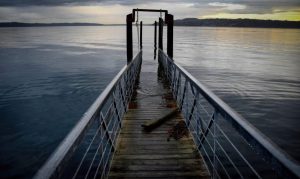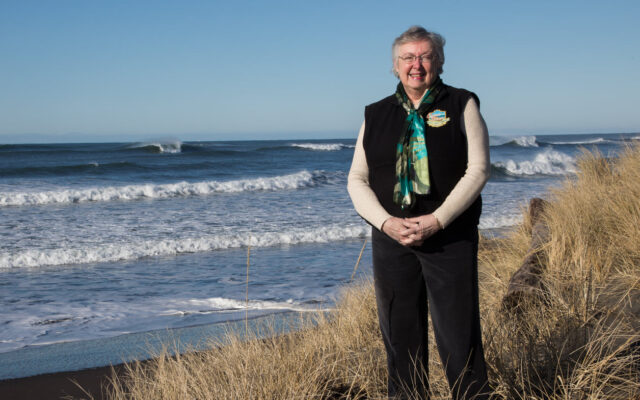March 3, 2025
By Maddie Gard, WSG Science Communications Fellow
When the Elwha River dams were breached in 2011, a century’s worth of accumulated sediment was released and transported downstream to the coastal zone. An estimated 19 million metric tons of mud, sand and gravel that had been trapped in the dam reservoirs transformed twists and turns of the Elwha River, eventually flushing out to the coast and reshaping the river delta near Port Angeles. Since then, Washington ...
Read MoreMAR
 As sea levels continue to rise, coastal hazards such as flooding and erosion will become increasingly common. According to recent assessments, over 14,000 homes and structures in Washington State — representing a current value of over 8 billion dollars ...
As sea levels continue to rise, coastal hazards such as flooding and erosion will become increasingly common. According to recent assessments, over 14,000 homes and structures in Washington State — representing a current value of over 8 billion dollars ... We were deeply saddened to learn of the death of Crystal Dingler, who was mayor of Ocean Shores, Washington. Dingler partnered with Washington Sea Grant on many projects, especially on initiatives geared toward building greater economic resilience in Grays Harbor County.
We were deeply saddened to learn of the death of Crystal Dingler, who was mayor of Ocean Shores, Washington. Dingler partnered with Washington Sea Grant on many projects, especially on initiatives geared toward building greater economic resilience in Grays Harbor County.